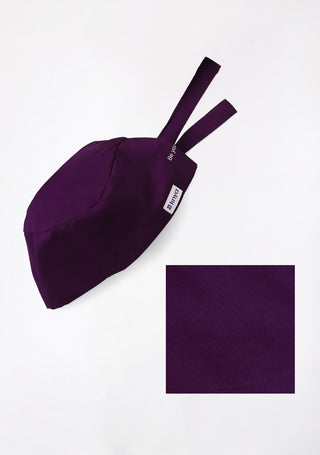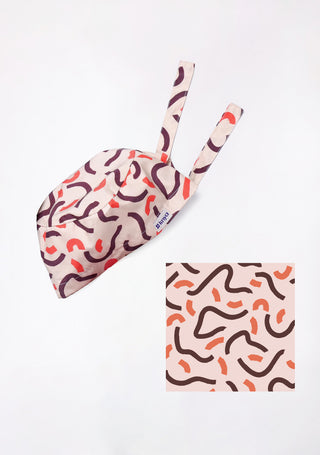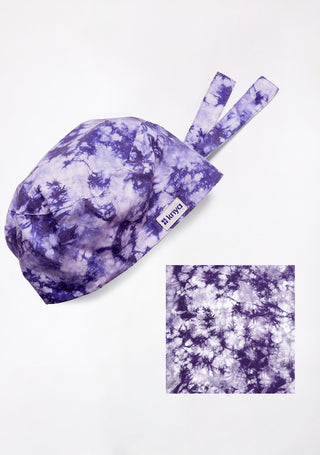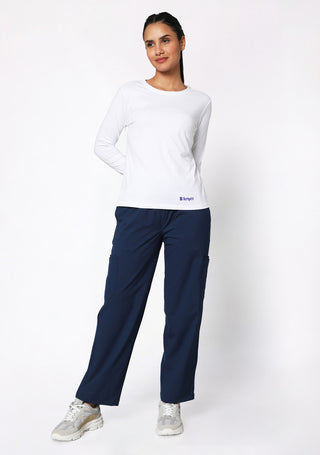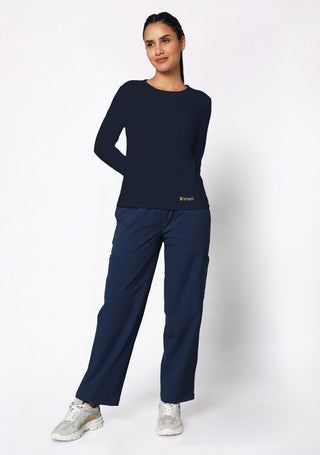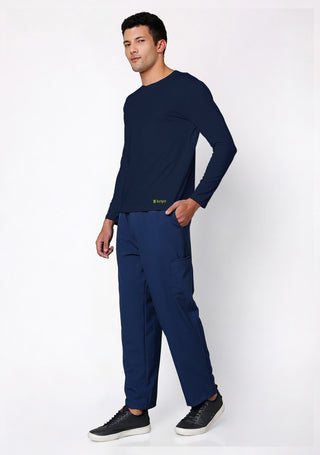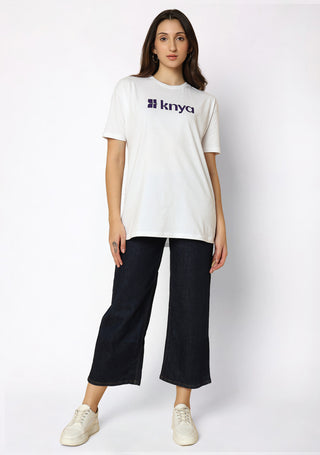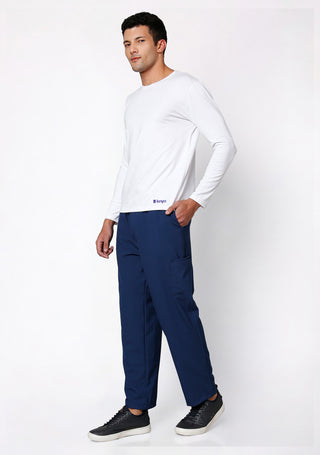Lab coats are more than a symbol of professionalism—they are a critical layer of protection in hospitals, laboratories, and research facilities. Choosing the right lab coat ensures not only comfort and style but also safety, sterility, and compliance with workplace standards.
Knya lab coats are designed with these requirements in mind, providing healthcare professionals and researchers with garments that meet safety, hygiene, and sterility standards. This guide explains how to select lab coats that combine protection, durability, and professional appearance.
Click here to explore comfortable lab coats and discover our complete collection of comfortable and stylish medical apparel
1. Understand the Required Safety Standards
Different workplaces have varying safety requirements:
- Clinical settings: Lab coats must protect against biological fluids and maintain hygiene.
- Research labs: Coats may need to resist chemical splashes, heat, or contamination.
Always check institutional protocols or regulatory guidelines to choose a lab coat that meets these standards.
Knya lab coats are manufactured to comply with common safety guidelines in healthcare and research, ensuring protection without sacrificing comfort.
2. Choose the Right Fabric
Fabric choice directly impacts safety and sterility:
- Cotton or cotton blends: Breathable and comfortable for long clinical shifts.
- Polyester or synthetic blends: Durable, chemical-resistant, and suitable for research labs.
- Anti-microbial fabrics: Reduce bacterial growth and maintain sterility in high-risk areas.
Knya lab coats use premium fabrics that balance comfort, protection, and easy maintenance, suitable for both clinical and laboratory use.
3. Consider Lab Coat Length and Coverage
Coverage is crucial to prevent exposure:
- Mid-thigh or knee-length: Common for clinical environments, allowing mobility while protecting clothing underneath.
- Full-length coats: Often preferred in research labs for maximum protection from spills and contamination.
Knya lab coats are available in multiple lengths to meet both safety and comfort requirements.
Ready to explore our amazing scrubs collection? Browse the best here
4. Ensure Proper Closure Mechanisms
Secure closures enhance safety by keeping the coat in place:
- Buttons or snap closures: Keep the coat fastened and reduce risk of exposure.
- Zippers (if allowed): Offer quick closure for emergencies or lab work.
Knya lab coats feature durable closures designed for frequent use without compromising sterility.
5. Pay Attention to Sleeves and Cuffs
Sleeve design affects both safety and hygiene:
- Fitted cuffs: Prevent loose fabric from contacting patients, surfaces, or chemicals.
- Adjustable sleeves: Useful in labs where extra protection is needed.
Knya lab coats include ergonomic sleeves to protect hands and forearms while maintaining comfort and mobility.
6. Choose Functional Pockets Wisely
Pockets are useful but can affect sterility:
- Clinical: Shallow or hidden pockets reduce contamination risk while keeping essentials like pens accessible.
- Research: Deep, secure pockets can hold tools or notes without spilling contents.
Knya lab coats balance utility with hygiene through thoughtfully designed pockets.
7. Ensure Sterility and Easy Maintenance
Lab coats must withstand frequent washing without losing shape or functionality:
- Look for fade-resistant and durable fabrics.
- Select materials that maintain sterility after multiple washes.
Knya lab coats are designed for repeated laundering, retaining color, fit, and sterility even after frequent cleaning.
For our male healthcare professionals, we offer a wide range of comfortable and stylish scrubs for men, designed to enhance both comfort and professional image
8. Consider Professional Appearance
Even in safety-focused environments, appearance matters:
- A well-fitted lab coat projects competence and authority.
- Clean, wrinkle-resistant fabrics maintain a polished look throughout long shifts.
Knya lab coats combine professional aesthetics with safety and comfort.
Conclusion
Selecting a lab coat that meets safety and sterility requirements is essential for healthcare professionals and researchers. Proper fabric, length, closure, sleeve design, and pocket placement ensure protection, hygiene, and professional appearance.
Knya lab coats offer the perfect combination of safety, comfort, and durability, making them ideal for clinical, laboratory, and research environments. By choosing the right lab coat, professionals can focus on their work with confidence, knowing they are protected and compliant with safety standards.

